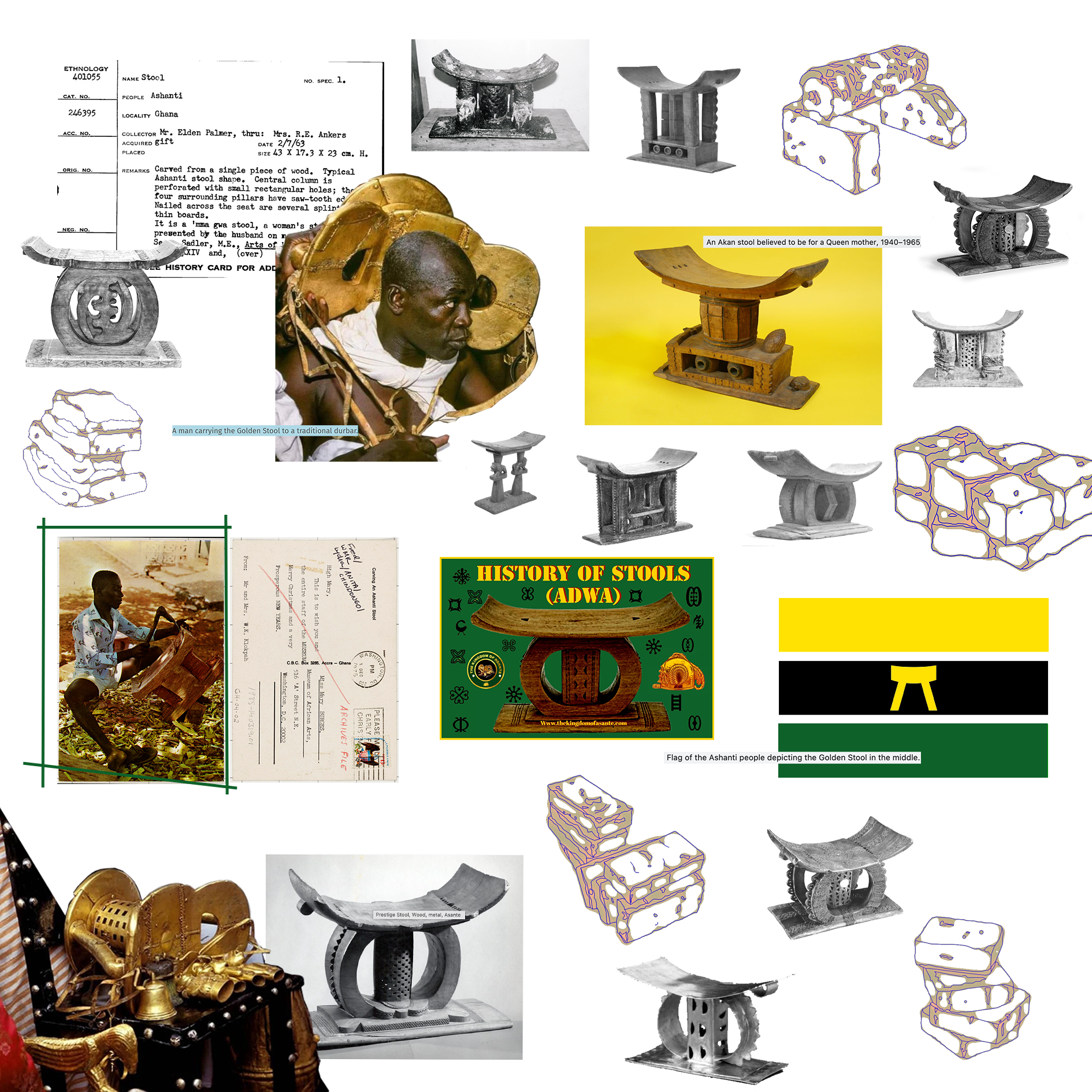Bastard stools, kinetic presence
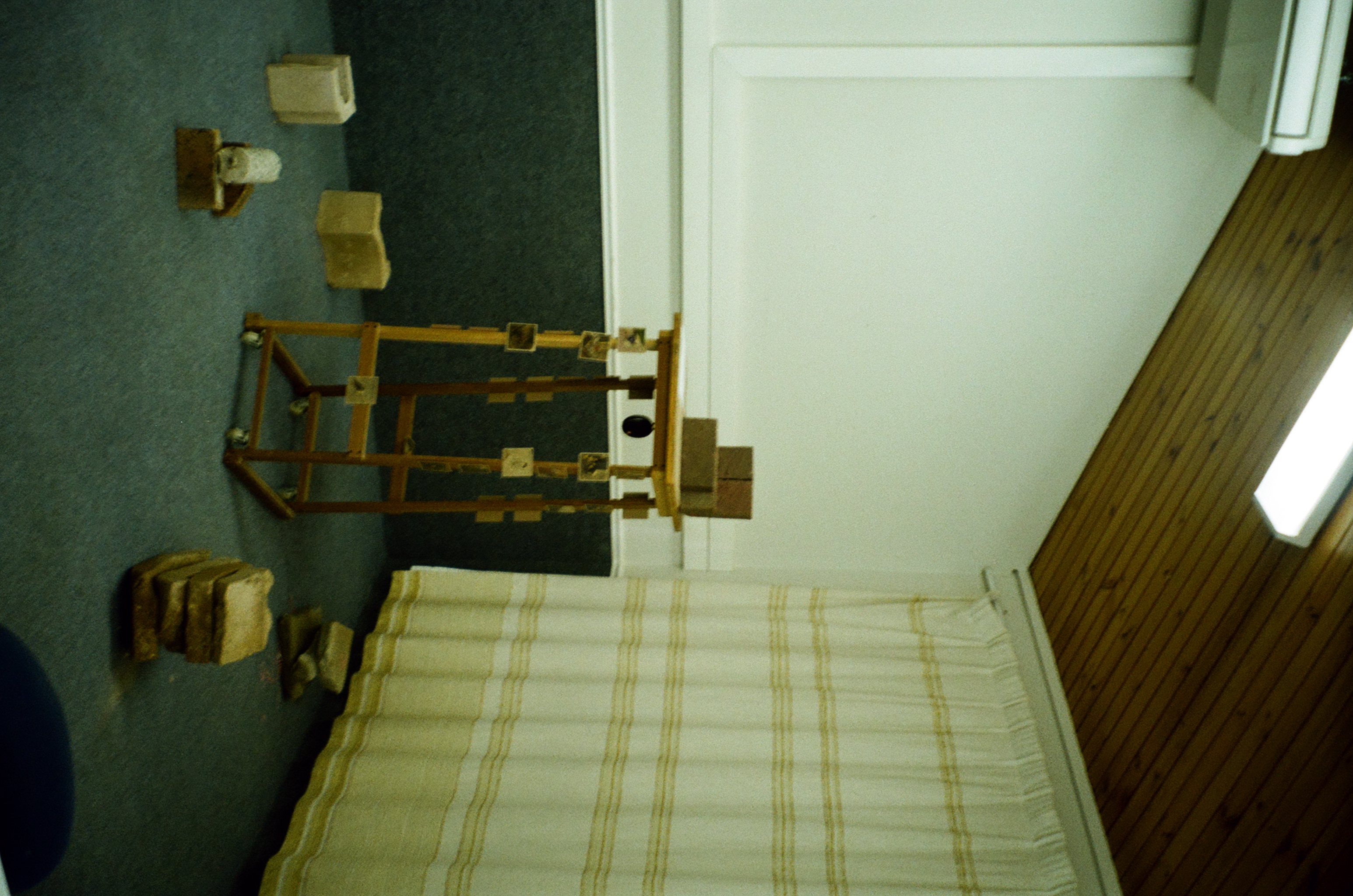
‘Bastard Stools, Kinetic Presence’ is an on-going research project for the MA in Southern Urbanism (University of Cape Town). The project looks at the myriad of ways in which South African dwellers materialize their waiting in the city through stool making.
Departing from street stools and their non pedigreed design, the project quest on these stools as spaces of encounter with the state. Most often assembled with discarded materials such as bricks, concrete plates, wood planks, and recycled plastic boards; urban stools or ‘bastard stools’ (with a wink to Michael Wolf 'bastard design pieces’) raise questions as well as fascination while challenging at the same time the primary functions of public spaces. Thus, they render visible the ways in which everyday citizens claim their rights to the city in a post-apartheid context.




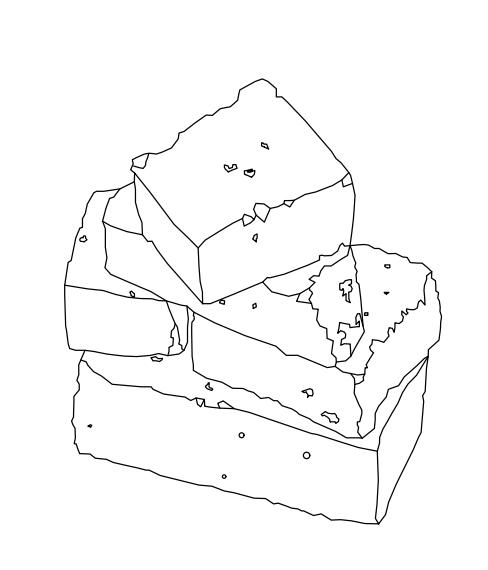

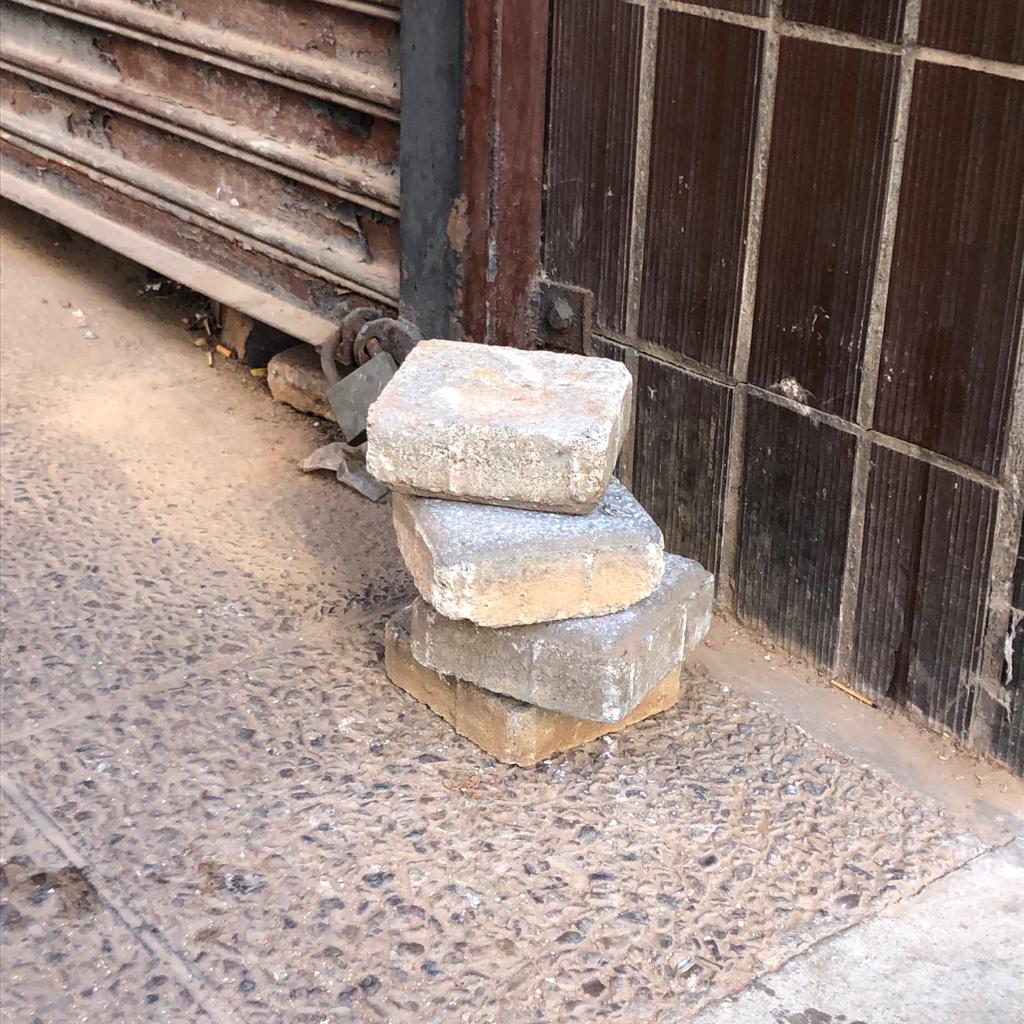
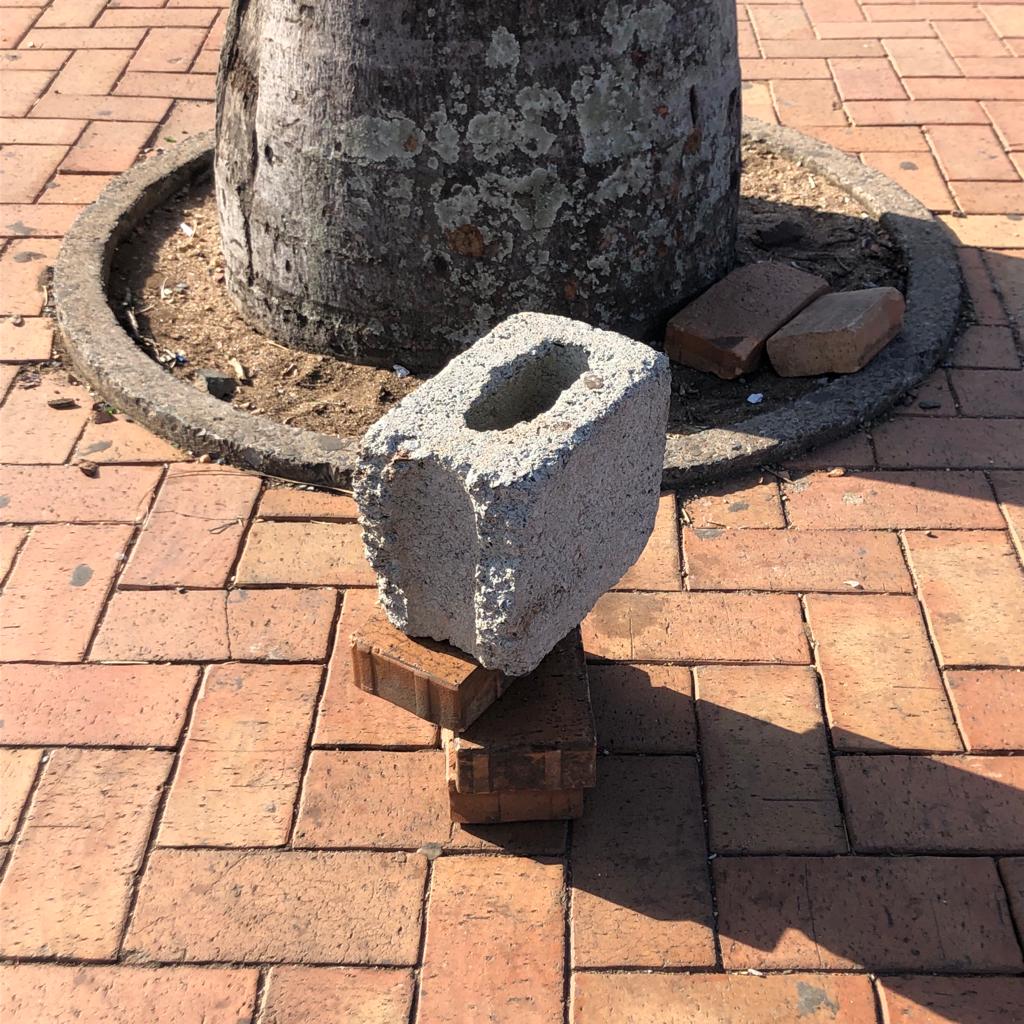
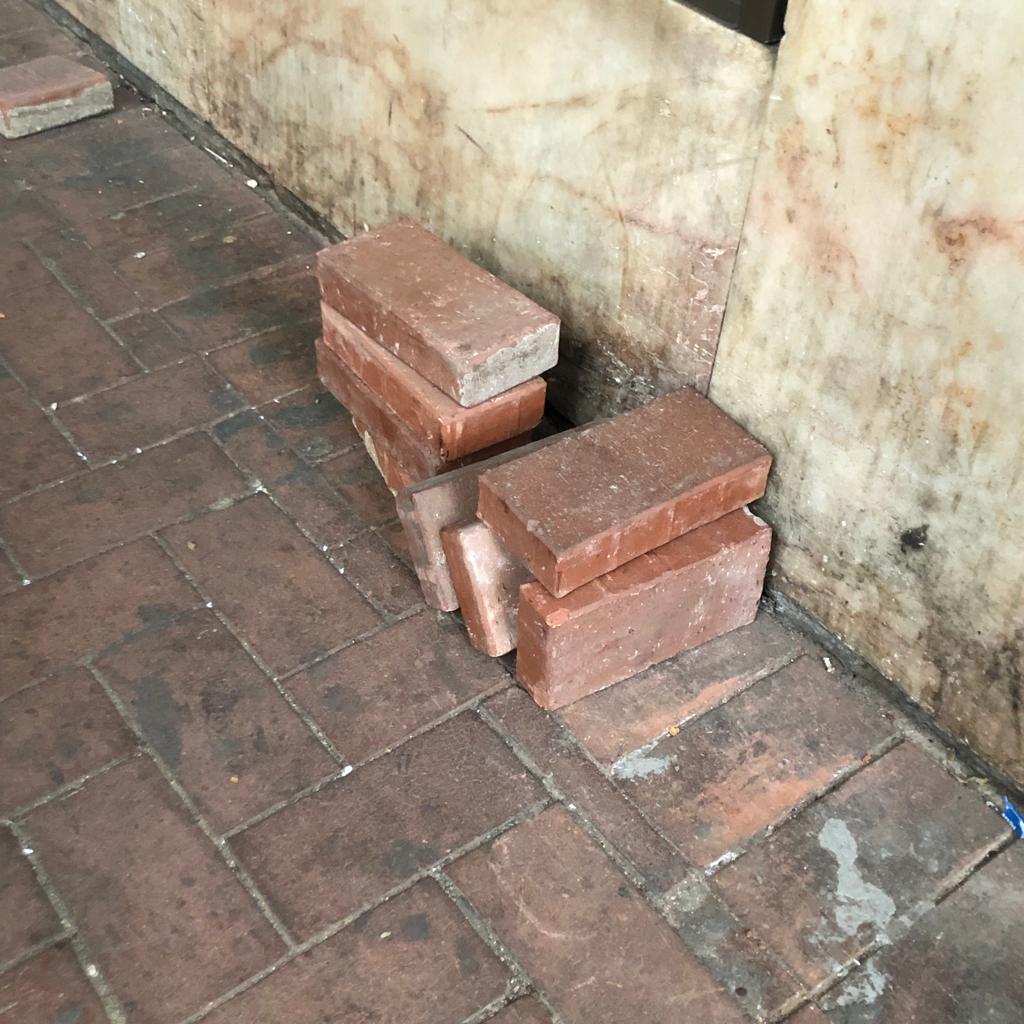

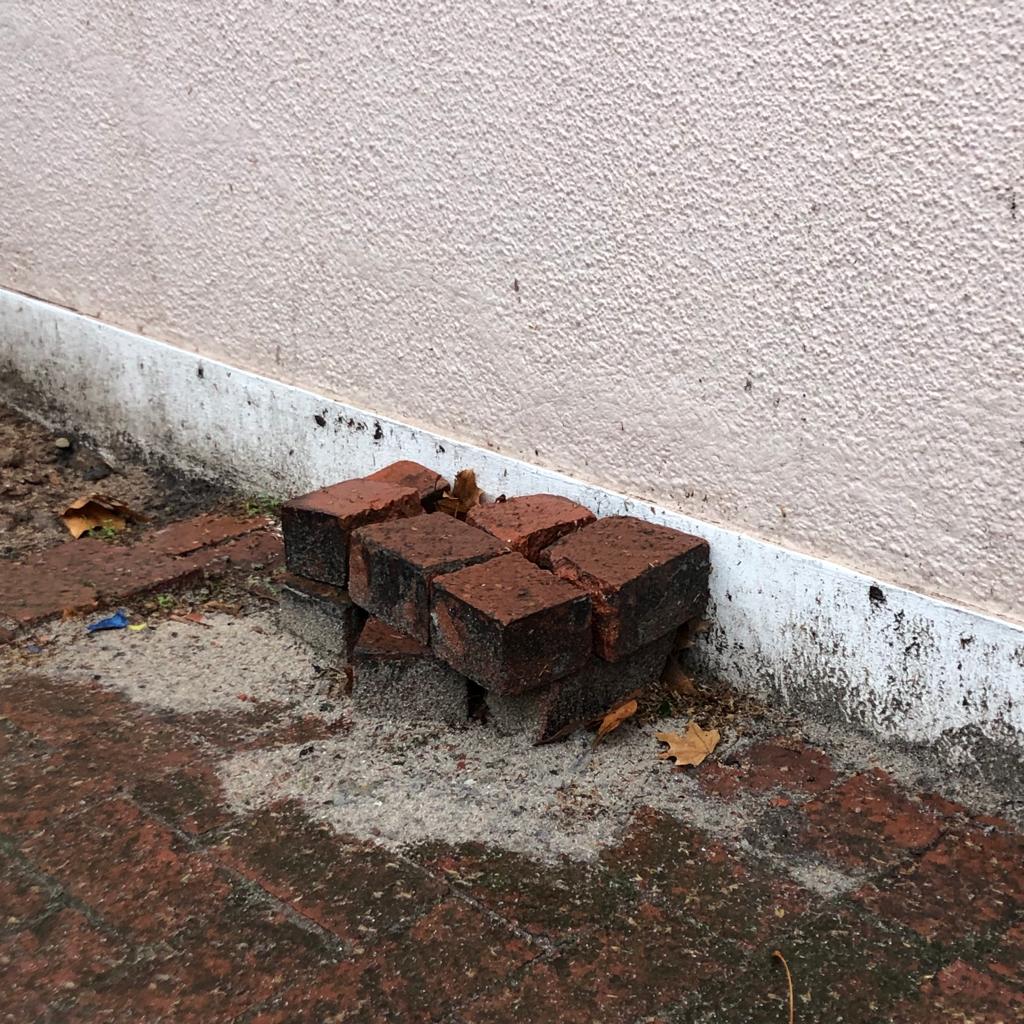
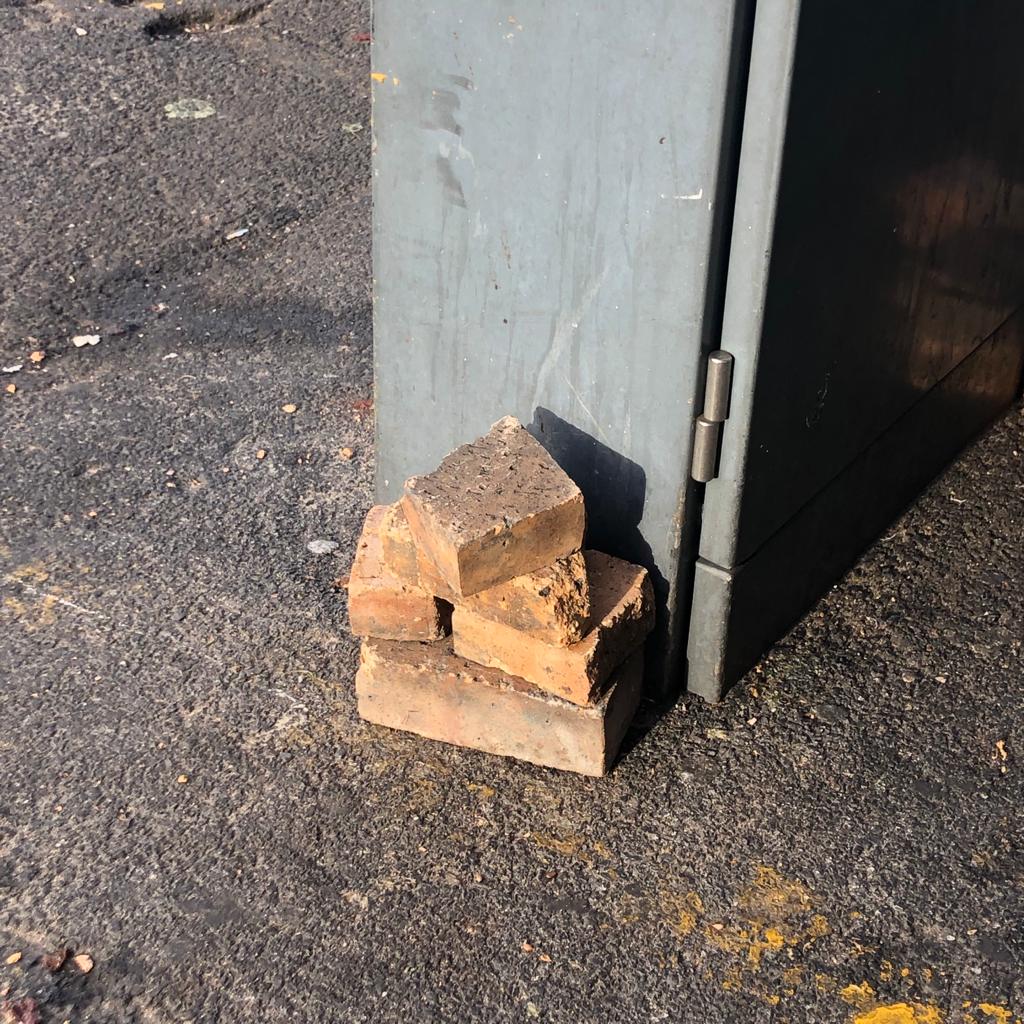

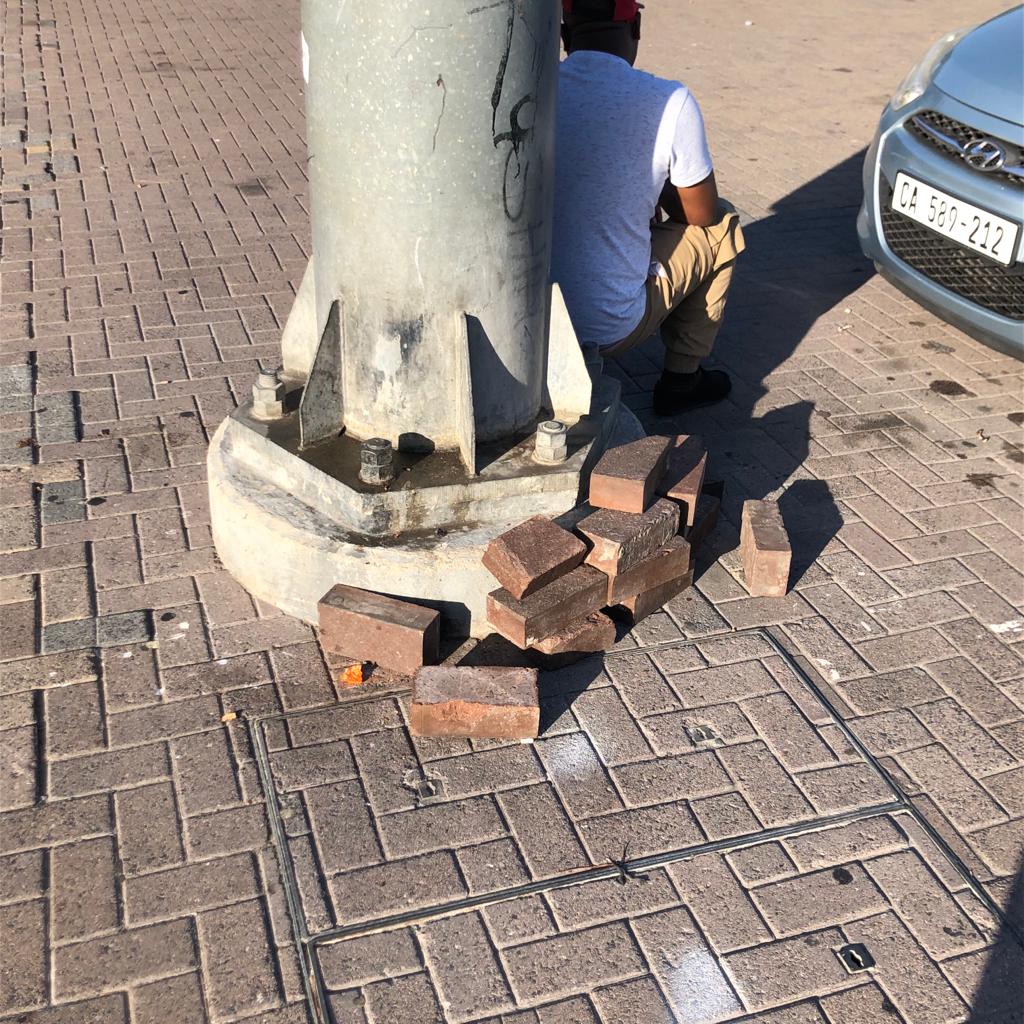
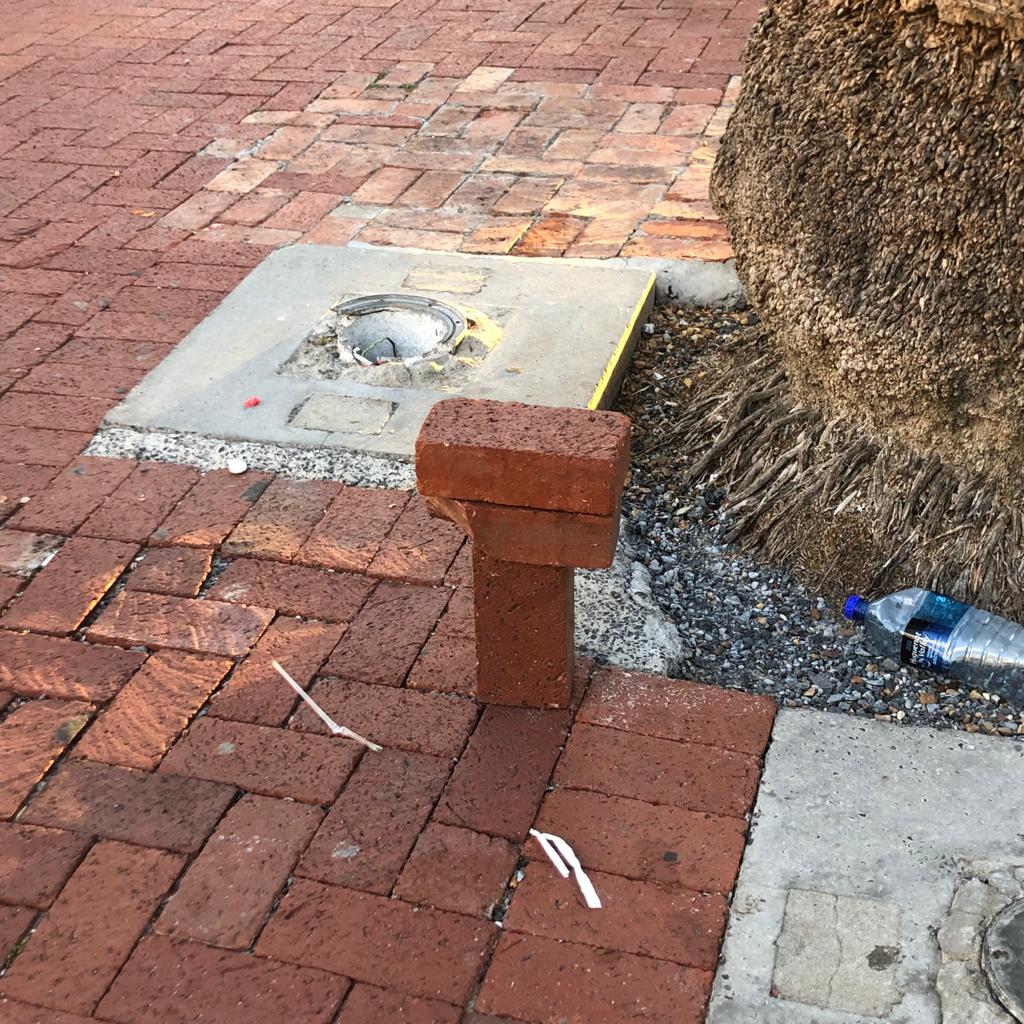
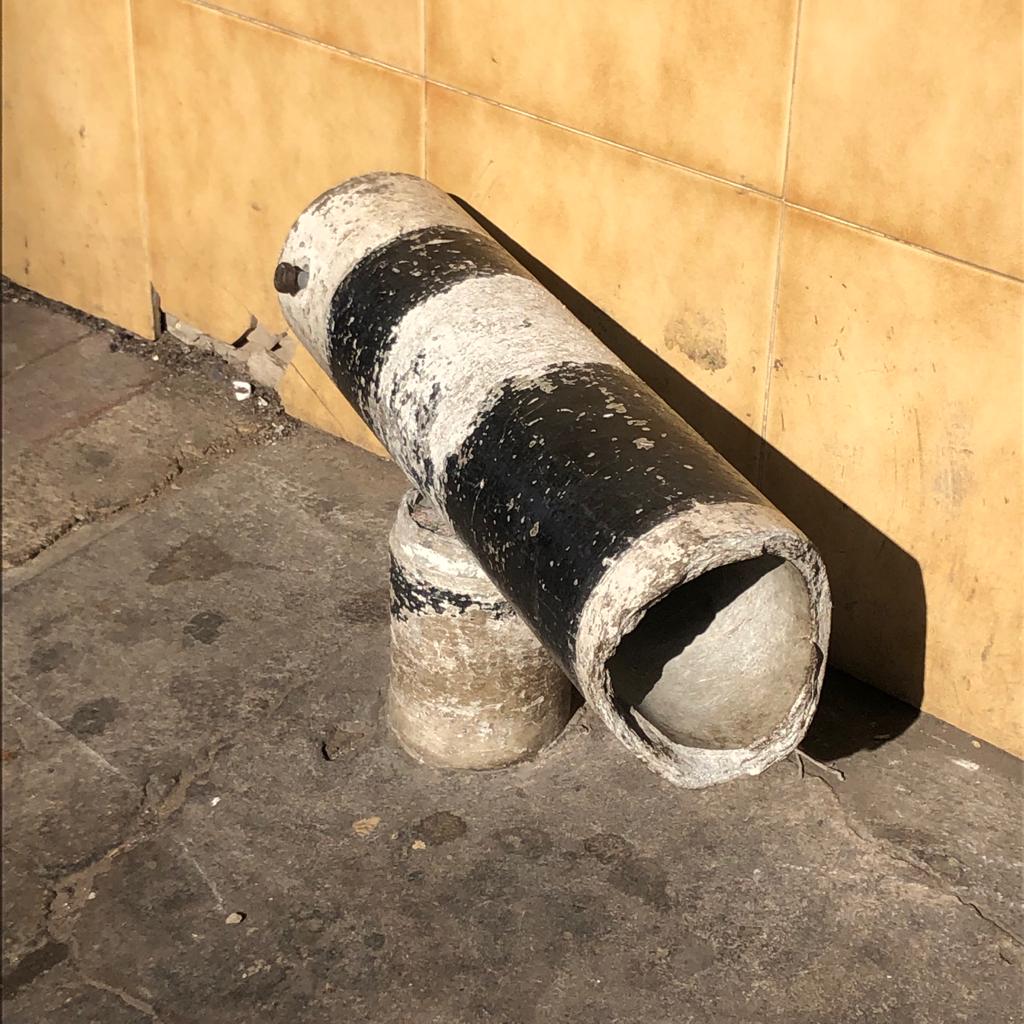
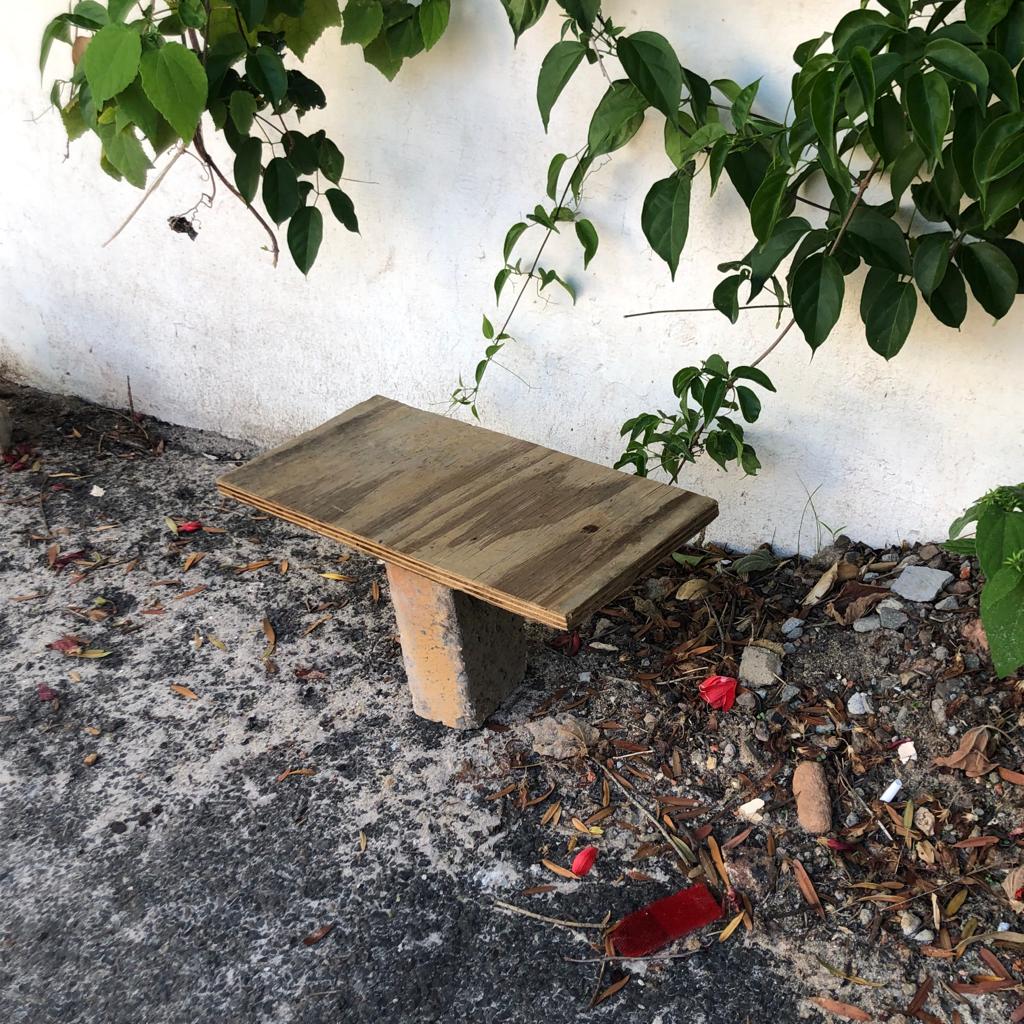
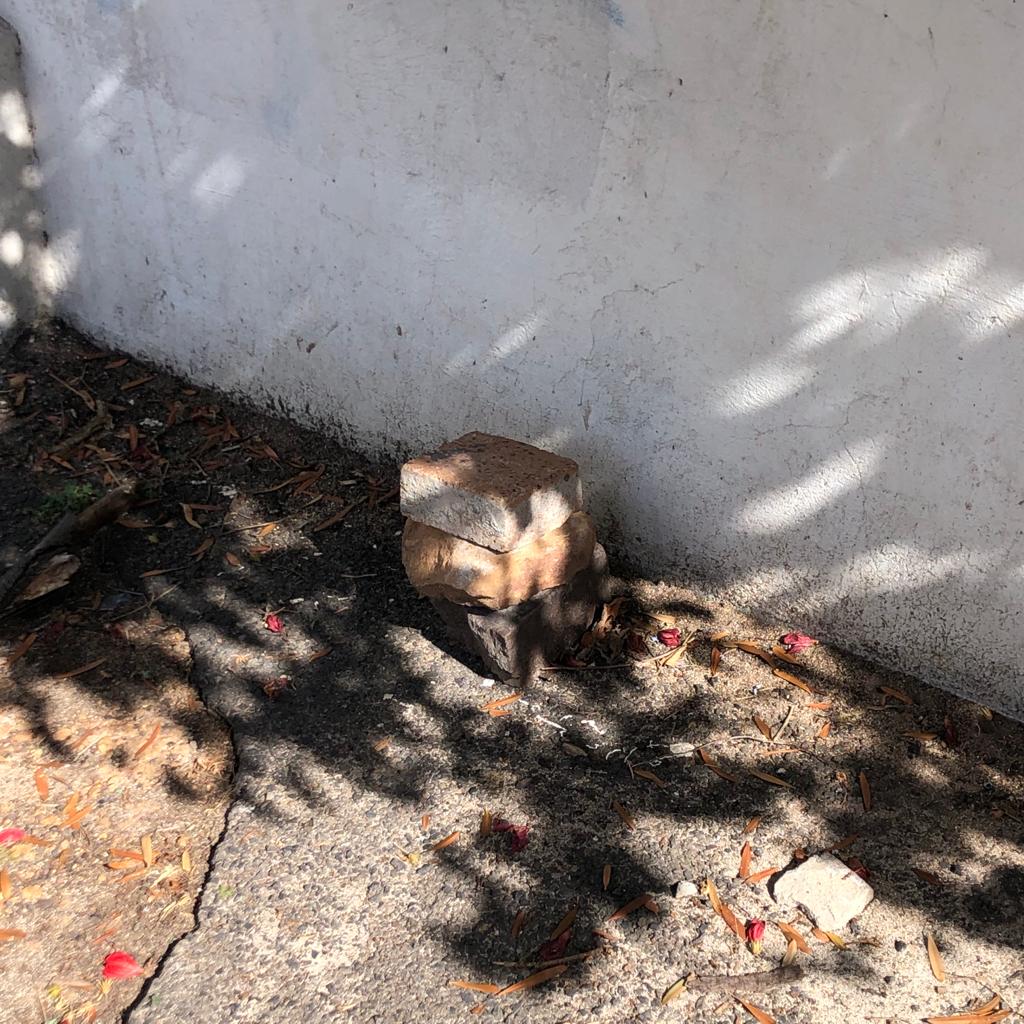
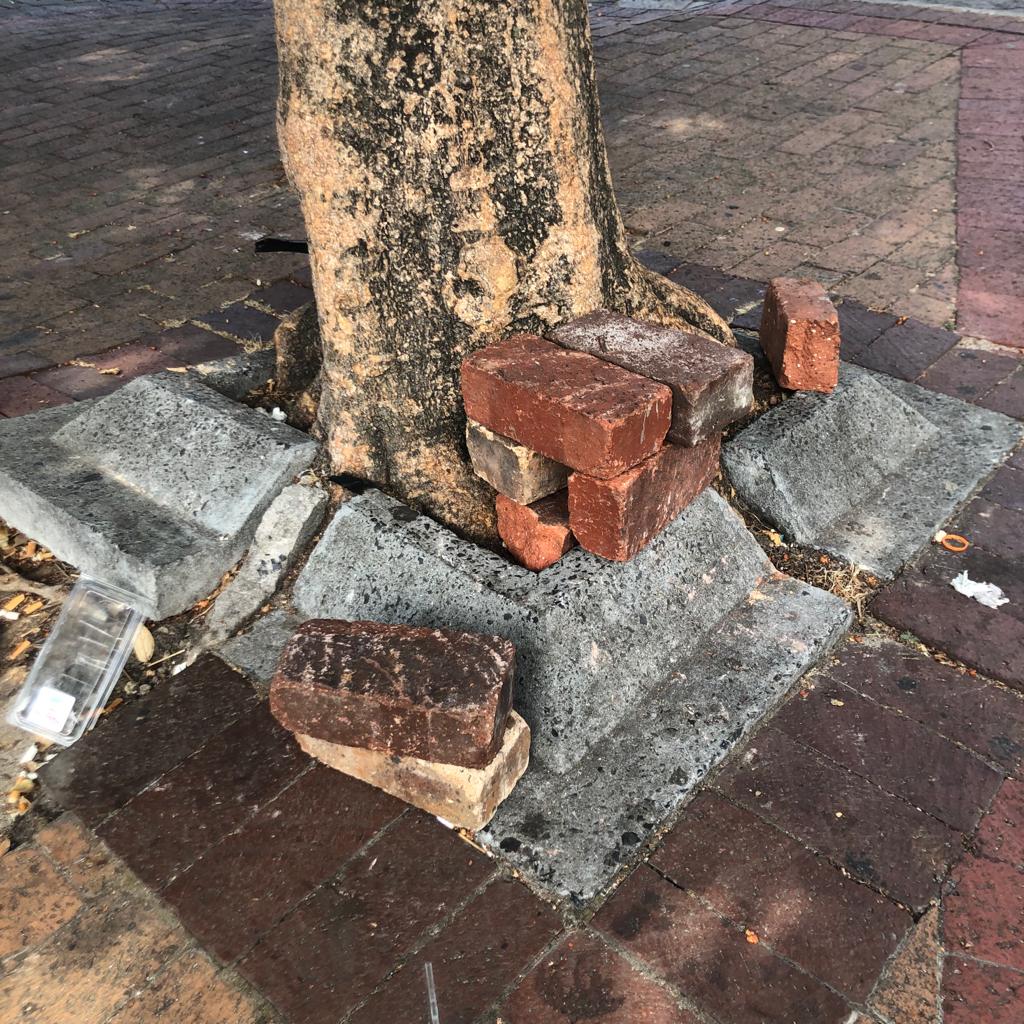
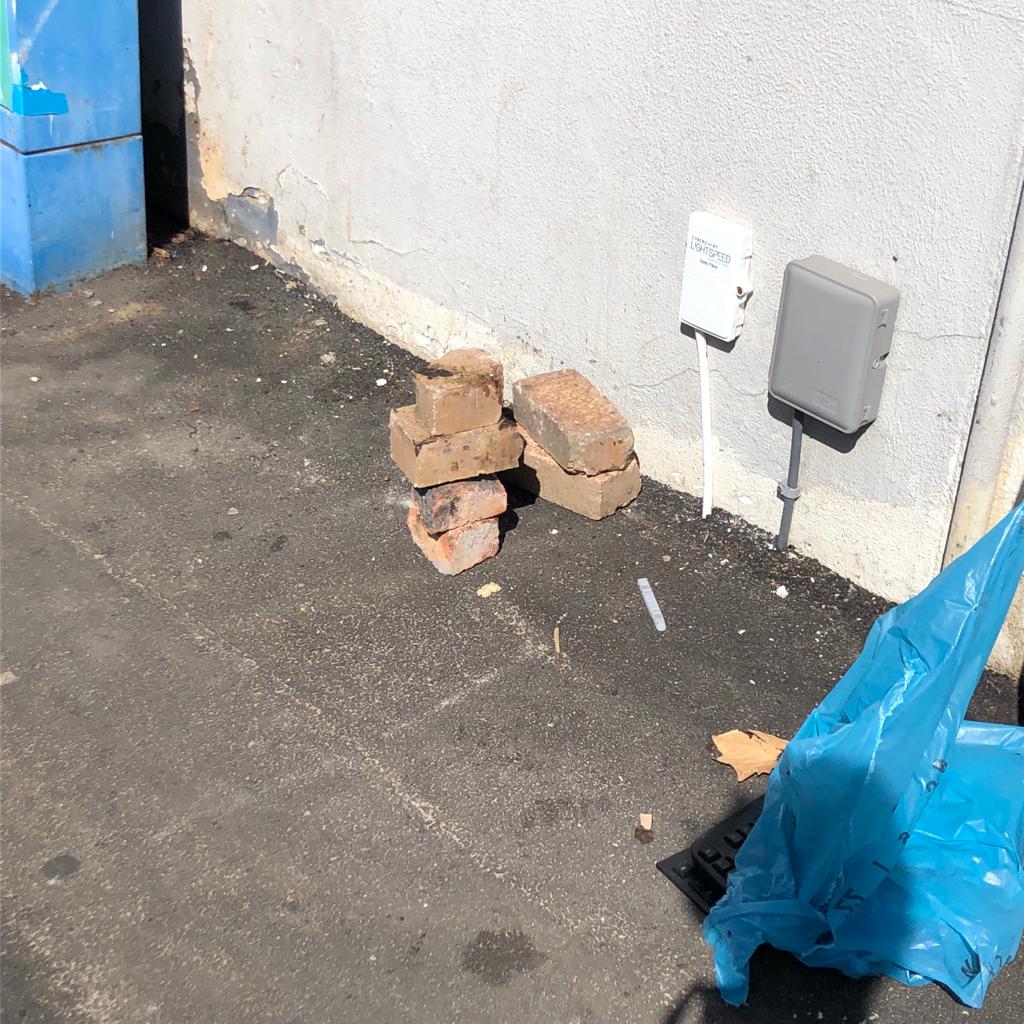
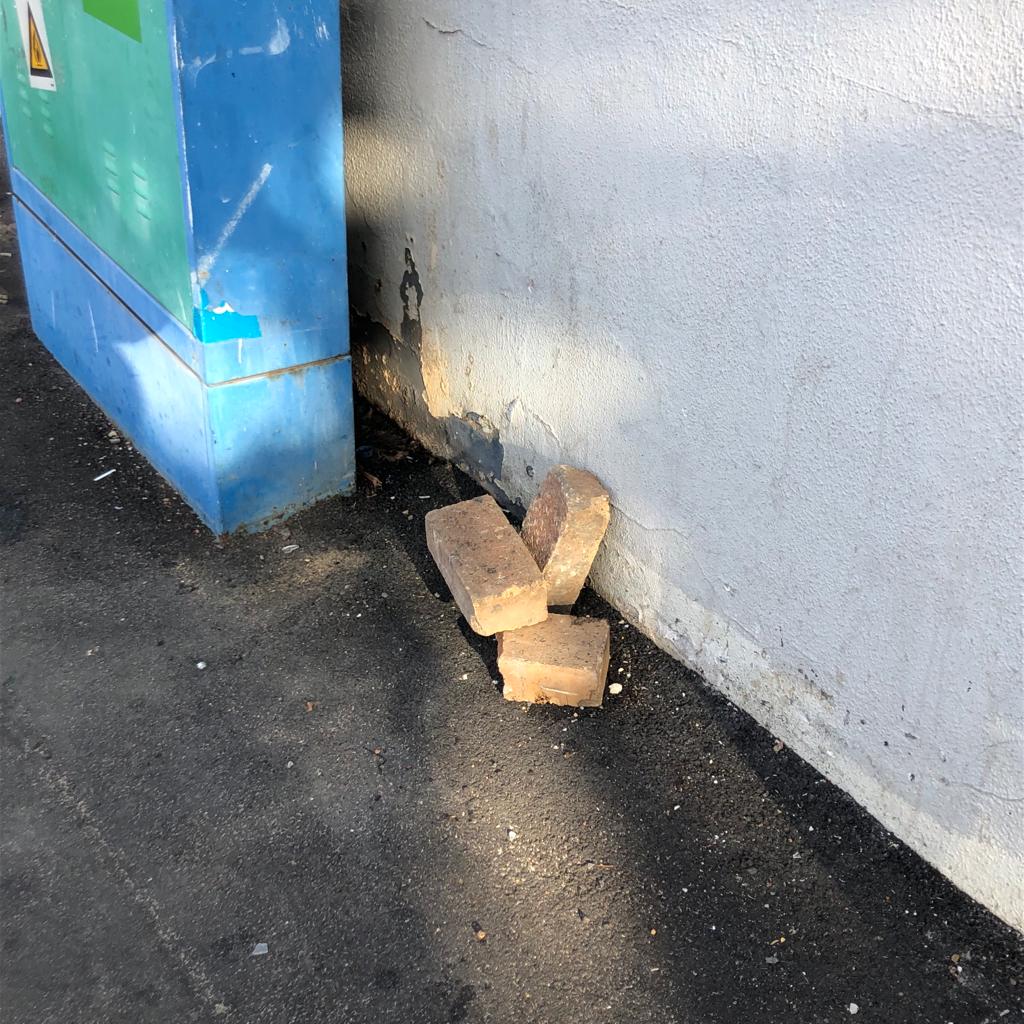
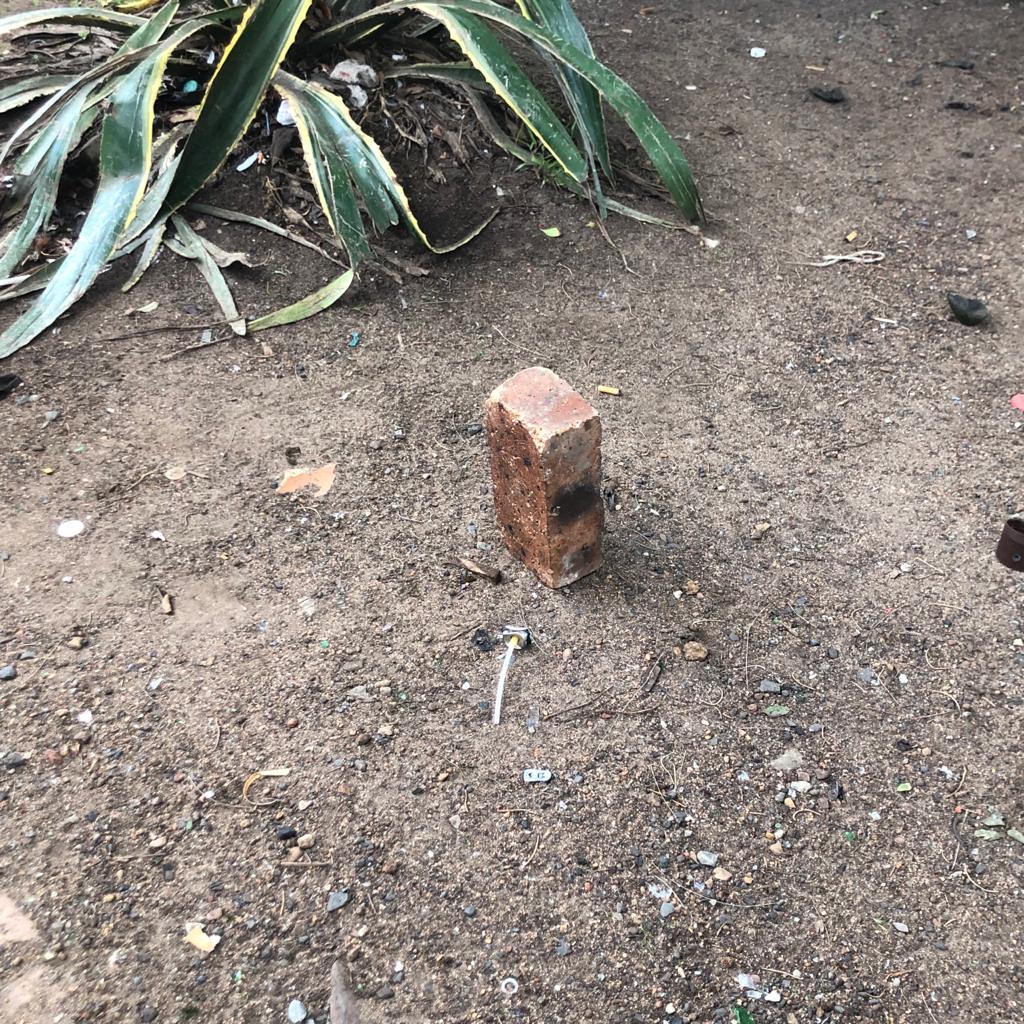
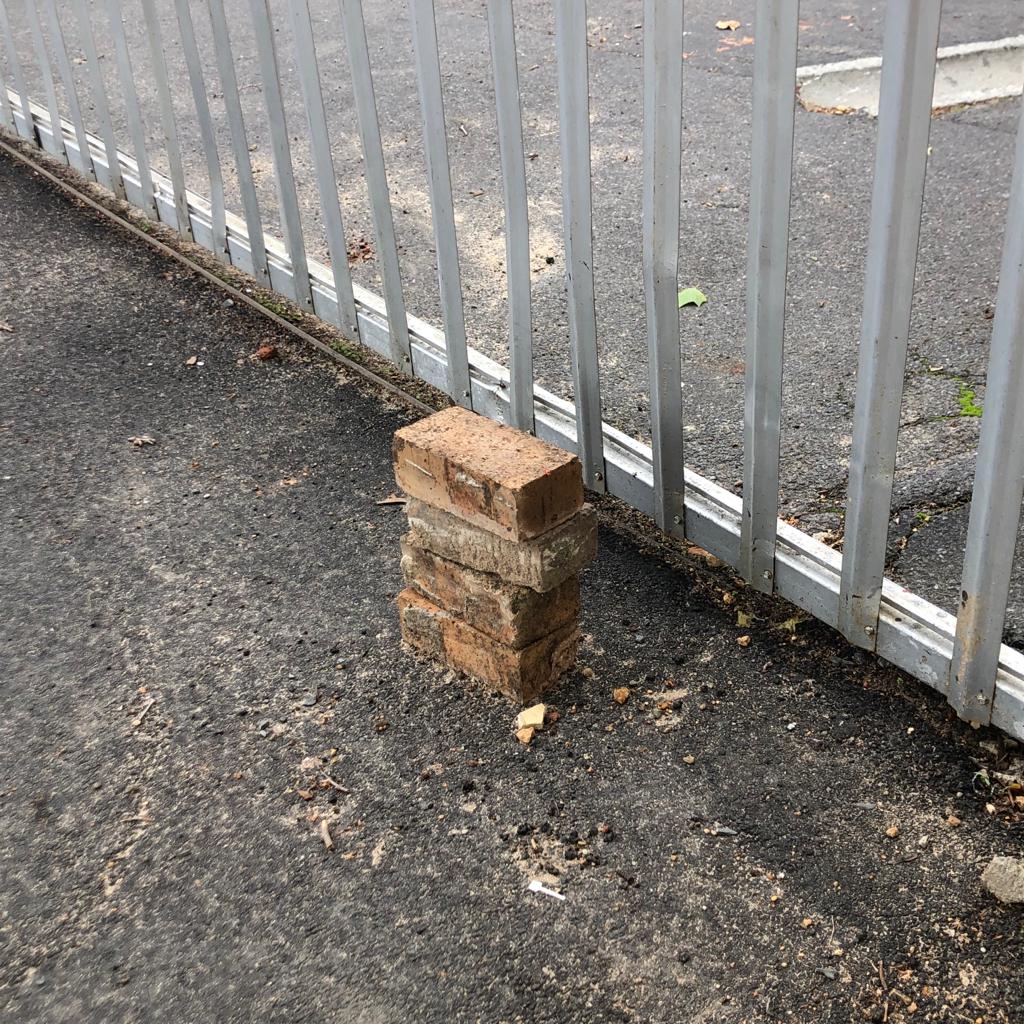



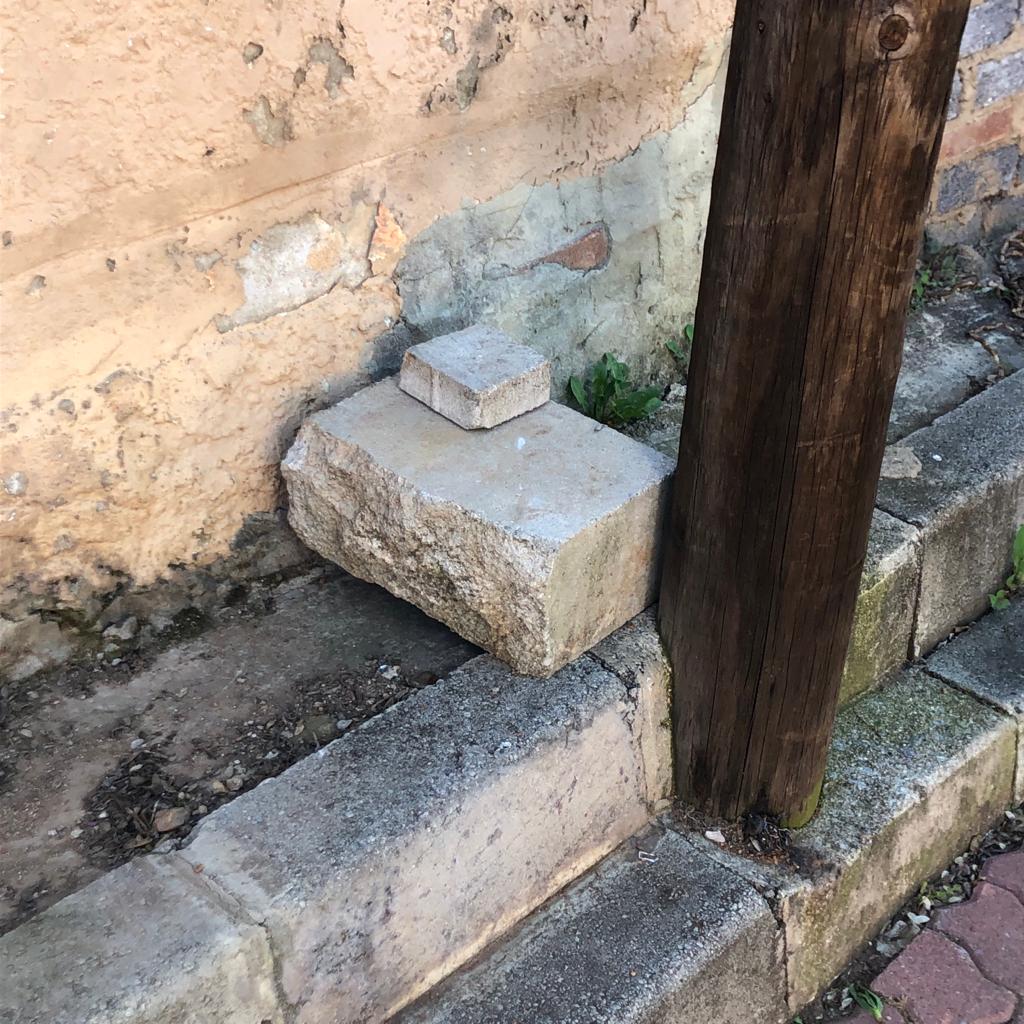
As much as archaeology
studies the relics of our past, urban encounters provide us with an understanding of our present.
This is particularly so given that, as cities are typically designed by top-down policymaking,
informal interventions in the urban realm allow us to keep track of the city as a construct rather
than a given.
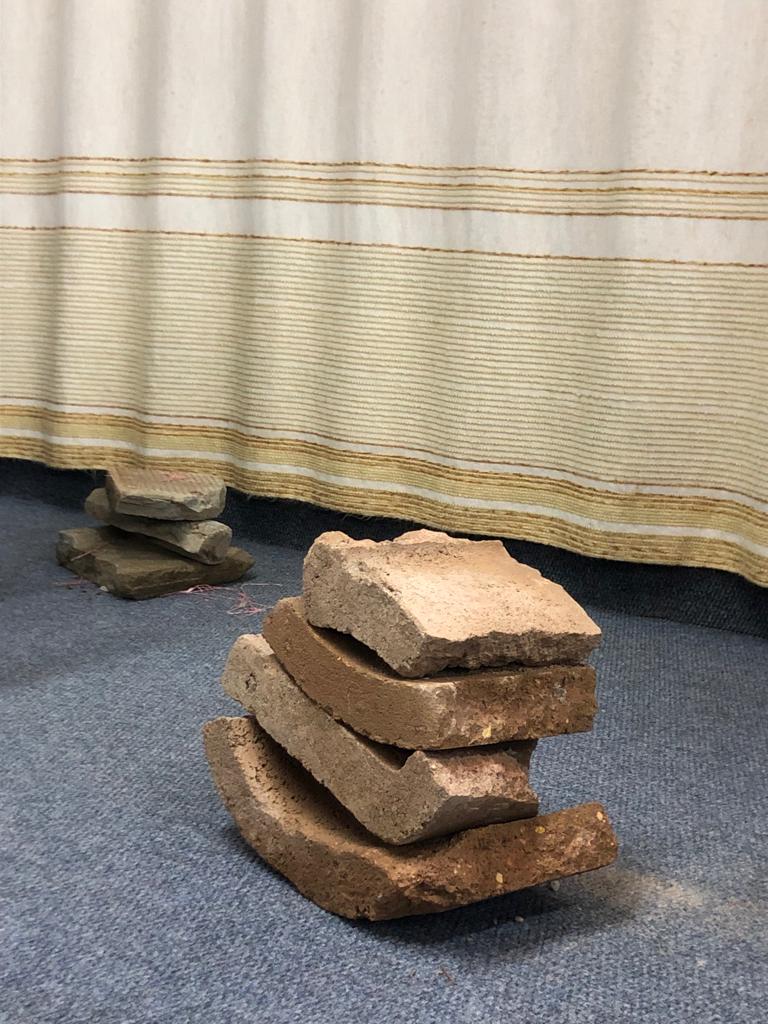
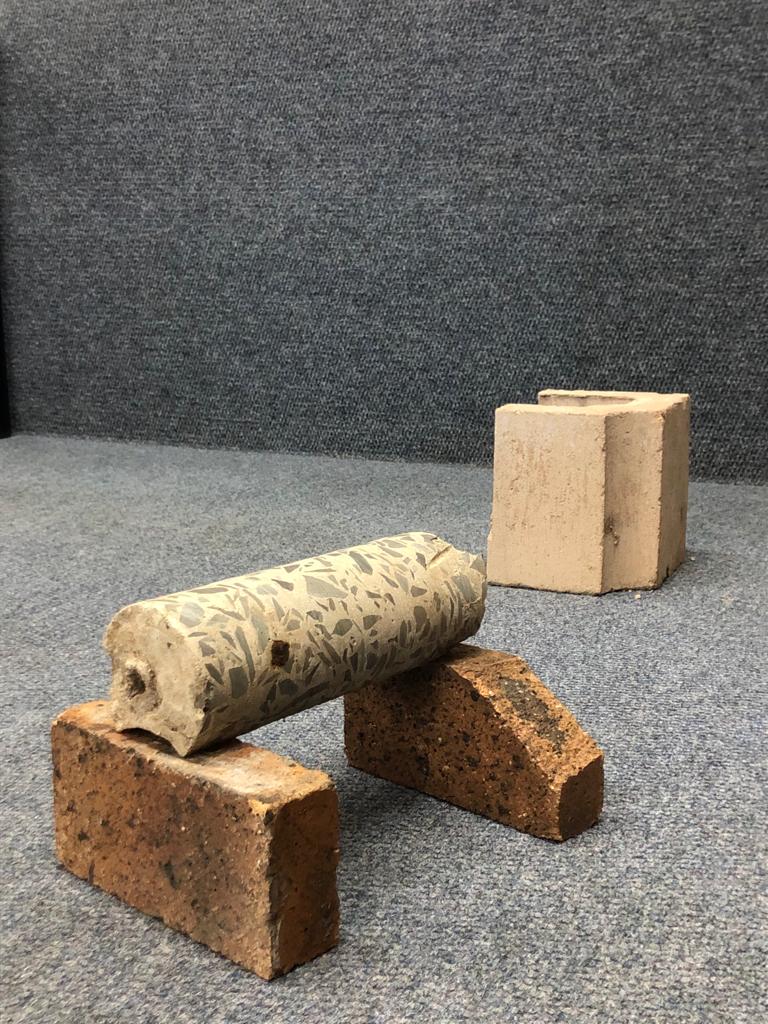
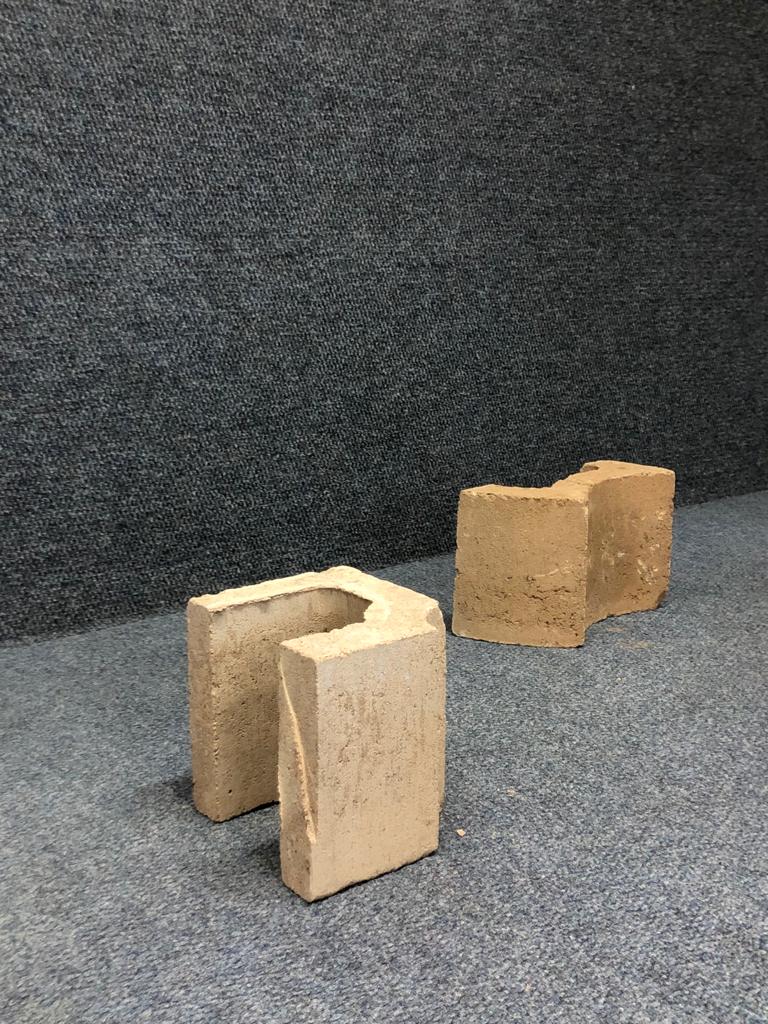
Far from being solely focusing on the design or the informality of these structures photographed, these stools rather open up to the myriad of ways
in which citizens build presence in spaces that were not designed for holding it.
in which citizens build presence in spaces that were not designed for holding it.
The sight of these stools by sidewalks, residential building entrances, commercial shops, parking lots, grey urban areas, and boulevards evokes
the temporary passages of individuals who found rest in these sites.
These ‘bastard stools’ shed light on the kinetic attributes of urban dwellers who materialize the process of waiting over space while moving in the city
.the temporary passages of individuals who found rest in these sites.
These ‘bastard stools’ shed light on the kinetic attributes of urban dwellers who materialize the process of waiting over space while moving in the city
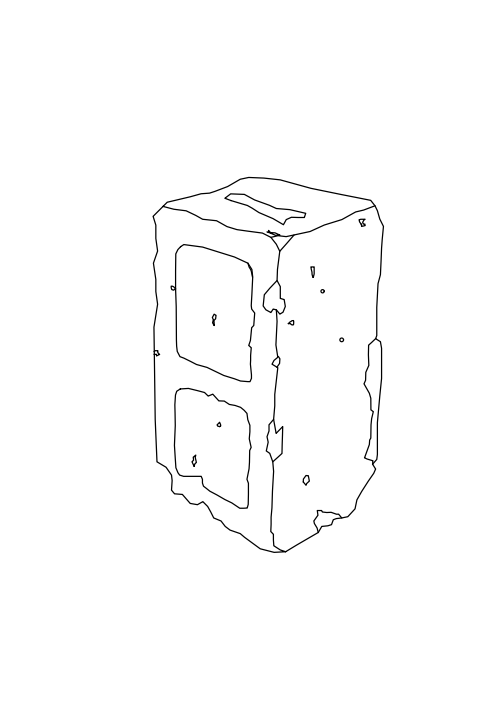
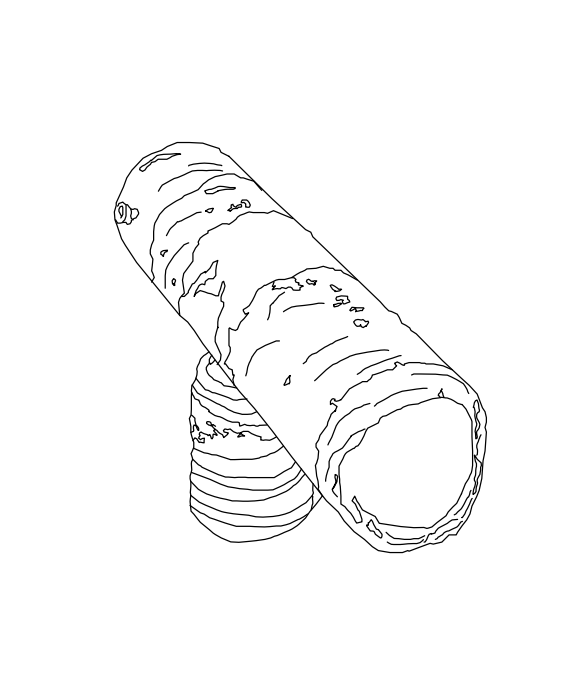
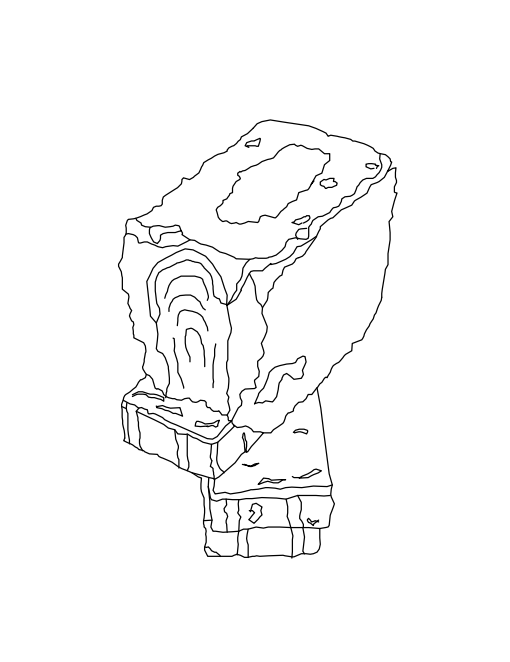


While in the Akan tradition for instance, certain stools are associated with the rites of passage while establishing and maintaining contact with the ancestors, ‘bastard stools’ similarly links its seater with greater urban governing forces.
These stools provide a sense of negotiation or perhaps of wrestling between the kinetic attribute of seaters and the motionless feature of urban furniture.
It “highlight[s] the politics which waiting produces, rendering in different registers relationships between ordinary people—citizens—and states and their developmental projects in newly democratised postcolonial contexts.” (Oldfield & Greyling, p.1104, 2015).
In particular, these stools render visible the where’s and how’s dwellers make their encounters with the State.
The waiting in question here is a materialized waiting but most importantly, an active waiting that in addition to rendering presence visible, negotiates its legitimacy in the public space.
In other terms, whether it be a throne or a stool, seating in the public space carry symbolic meanings and channels a dialogue between the seater and the World.